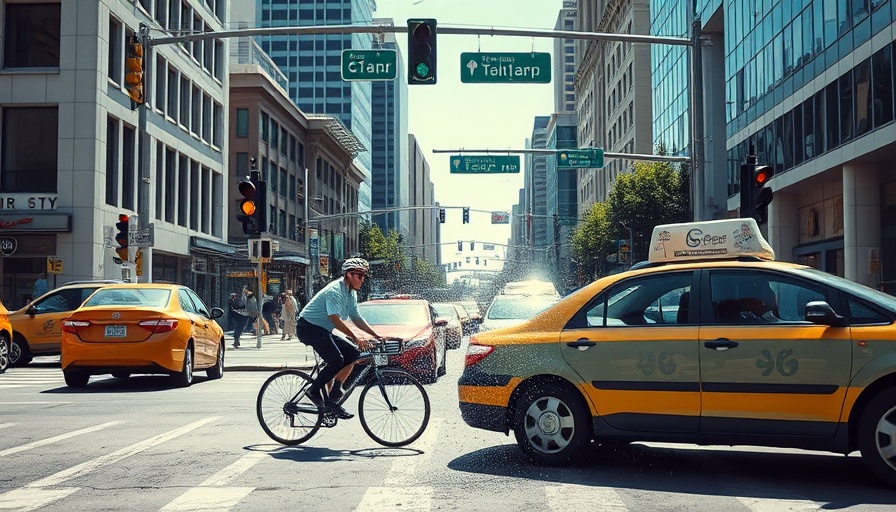
The Lifeline of Bodegas during COVID-19
Bodegas have served as a cornerstone of New York City, providing essential goods and a sense of community during the COVID-19 pandemic. From toilet paper to food staples, these neighborhood shops became vital lifelines when access to larger retailers became challenging. Both Mayor Eric Adams and Radhames Rodriguez, the president of the United Bodegas of America, highlighted how bodegas bridged emotional and practical gaps in our lives when many felt isolated and uncertain.
Enhancing Safety for Bodega Workers
As the city acknowledges the invaluable role of bodegas, it is crucial to address the challenges these establishments face, particularly in crime-ridden areas. The new initiative, involving the deployment of “SilentShields” buttons in 500 bodegas, represents a thoughtful response to safety concerns. This $1.6 million investment by the city will allow bodega workers to alert the NYPD during crises without drawing undue attention to themselves. Such measures not only bolster confidence among workers but also reassure customers that they are in a secure environment.
Community Engagement in Enhancing Security
The partnership between local businesses and law enforcement extends beyond just emergency buttons. Bodegas can now share their surveillance feeds with the NYPD in real-time, fostering a collaborative effort to reduce crime. This innovation allows authorities to act swiftly on emerging threats, while also promoting a sense of community responsibility. As more officers are added to the NYPD, the response time to incidents in these critical neighborhoods is expected to improve significantly.
Taking Action for Bodega Futures
These strategic initiatives represent more than just immediate responses to crime; they are investments in the future. When our bodegas thrive, the entire neighborhood flourishes. By giving workers the tools they need to protect themselves and their businesses, New York City acknowledges the essential part they play in our social fabric. The pledges made by city officials reflect an understanding that the safety and empowerment of local businesses are crucial to a resilient community.
As we look to the future, it is evident that maintaining the vitality and security of bodegas is not just the responsibility of business owners but a shared commitment among all New Yorkers. Together, we can ensure that our bodegas continue to be a refuge for support and supplies, fostering connection and safety within our communities.
 Add Row
Add Row  Add Element
Add Element 



Write A Comment